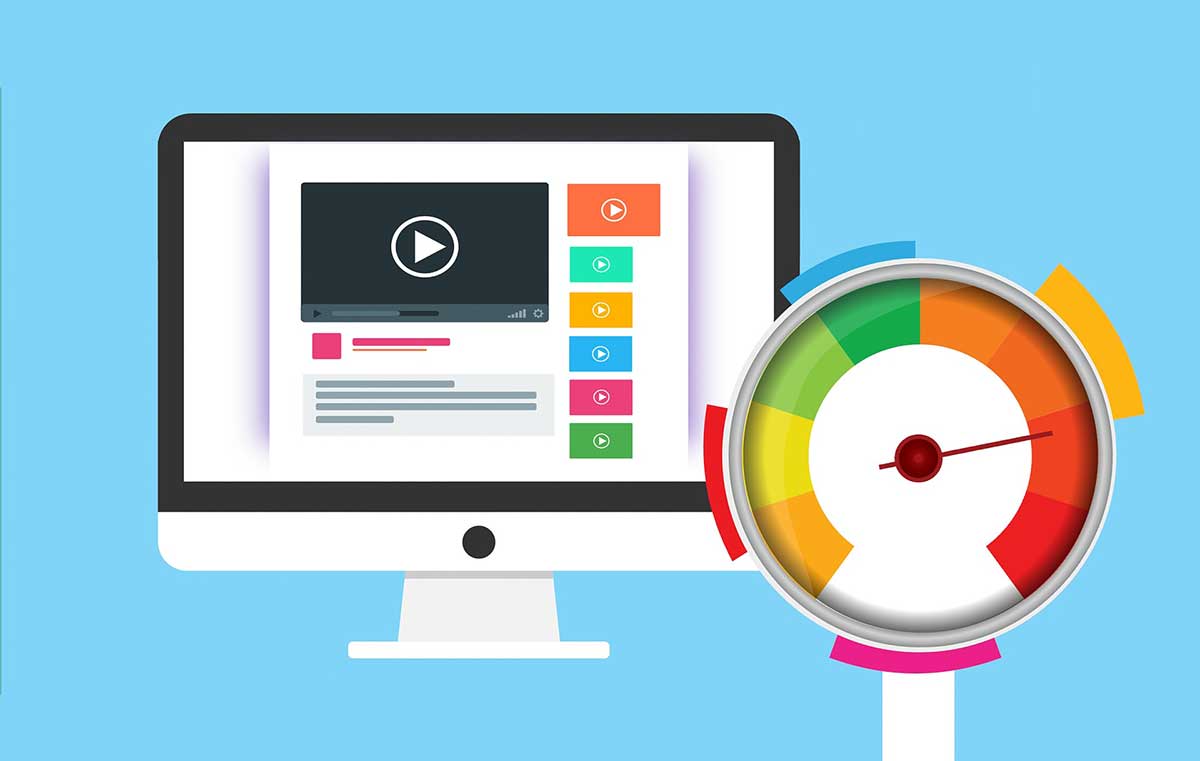If you’re running a WordPress website, it’s important to make sure that you’re doing everything you can to optimize it for speed, security, and usability. In this blog post, we’ll discuss some tips for optimizing your website and making sure that it runs as smoothly as possible. We’ll cover topics such as caching, minifying resources, securing your site with SSL, and more! So if you’re looking to give your WordPress site a boost, read on for some helpful tips.
How to tell if your site is fast or slow?
If you’re not sure whether your website is running at a good speed, there are a few online tools that you can use to test it. One such tool is the Pingdom Website Speed Test. This tool will analyze your website and give you a report on its loading time, performance grade, and more. You can also use the GTmetrix website speed test tool to get insights into your website’s speed and performance.
How important is website speed, really?
Website speed is important for a number of reasons. First, slower loading times can frustrate users and cause them to abandon your site. Second, search engines like Google take page load time into account when ranking websites in their search results. So if you want your site to rank well, it’s important to make sure it loads quickly. Finally, faster websites tend to convert better than slower ones. So if you’re running an eCommerce store or another type of website where conversion is important, it’s worth invest in making your site as fast as possible.
What are some ways to improve website speed?
There are a number of ways to improve the speed of your website. One of the most important ways is to make sure you have fast WordPress web hosting. Another way is to use a content delivery network (CDN). CDNs store copies of your site’s files on servers around the world and deliver them to users based on their location. This can help reduce loading times, especially for users who are located far away from your server. Another way to speed up your website is to minify your resources. Minification means removing unnecessary code from your HTML, CSS, and JavaScript files. This can help reduce file sizes and improve loading times. Finally, you can also improve website speed by using caching. Caching stores frequently accessed data in memory so that it can be quickly retrieved when needed.
What are the best WordPress Caching plugins?
There are a number of different caching plugins available, and each one offers a different set of features. Here are some of the most popular WordPress caching plugins:
W3 Total Cache – W3 Total Cache is one of the most popular caching plugins available for WordPress. It offers a wide range of features, including support for Page Caching, Browser Caching, Database Caching, and much more.
WP Rocket – WP Rocket is another popular caching plugin that offers a number of features, including Page Caching, Database Caching, and CloudFlare Integration.
WP Super Cache – WP Super Cache is a popular free caching plugin that offers page caching, database caching, and CDN support.
Cache Enabler – Cache Enabler is a lightweight WordPress caching plugin that offers simple yet effective page caching.
These are just a few of the many WordPress caching plugins available. If you’re looking to speed up your website, it’s worth considering installing one of these plugins.
Optimise Your Images to Load Faster
How do I optimise images in WordPress?
Optimising images in WordPress is a relatively simple process. You can use a plugin such as WP Smush to resize and optimise your images, or you can use a tool like Photoshop or GIMP to optimise them before uploading.
When resizing images, make sure you size them appropriately for the web. Images should be no larger than 50kb, although some larger images for hero sections will need to have a larger file size. The trick is to make your images as small as possible without a noticeable loss of quality.
Using file formats such as webp can have this also.
You can use an online tool such as TinyPNG to compress your images further.
It’s also important to make sure that you’re using the correct file format for your images. JPEG is best for photos, while PNG is best for graphics or images with transparent backgrounds. GIF is only really necessary if you want to use animation on your site. I don’t recommend using these as they make your site look very dated.
Finally, make sure you have alt text and title tags set for all of your images. Alt text is important for SEO and accessibility, and title tags can help improve click-through rates from image search results. Both can be easily added in the WordPress editor when uploading images.
By following these simple tips, you can make sure that your images are helping, not hindering, your WordPress site. Optimising images can be a bit of a tedious task, but it’s worth it for the sake of speed and SEO.
Secure your website
Make sure that you secure your WordPress logins and comment forms from attack.
This is an often overlooked issue. You can have the fastest website in the world, optimised perfectly but if Hackers are using up all your available resources by attempting to use a forced attack against your login system, your website speed will be reduced to a crawl.
Not to mention the issues you will have should the hackers managed to gain access to your website.
What is SSL and why should you use it?
SSL is short for Secure Sockets Layer. It’s a protocol that helps to encrypt communication between your website and its visitors. This is important because it helps to protect sensitive information, like credit card numbers, from being intercepted by third-parties. SSL also helps to build trust with your users by showing them that their data is safe on your site. If you’re running an eCommerce store or another type of website where user data is collected, it’s important to have an SSL certificate installed.
What are some other WordPress optimisation tips?
In addition to the tips we’ve covered so far, there are a few other things you can do to optimize your WordPress site. For example, you can lazy load images to improve page load times. Lazy loading means that images are only loaded when they’re visible on the screen. This can help reduce bandwidth usage and improve loading times for users with slower internet connections. You can also optimize your website’s database by doing things like removing unused data, compressing data, and more. You can also improve security by setting strong passwords, using two-factor authentication, and keeping your WordPress installation up to date.
By following the tips in this article, you can make sure that your WordPress site is running as efficiently as possible. These optimisation tips will help to improve speed, security, and usability for your website. So if you’re looking to give your site a boost, be sure to implement these tips today.


